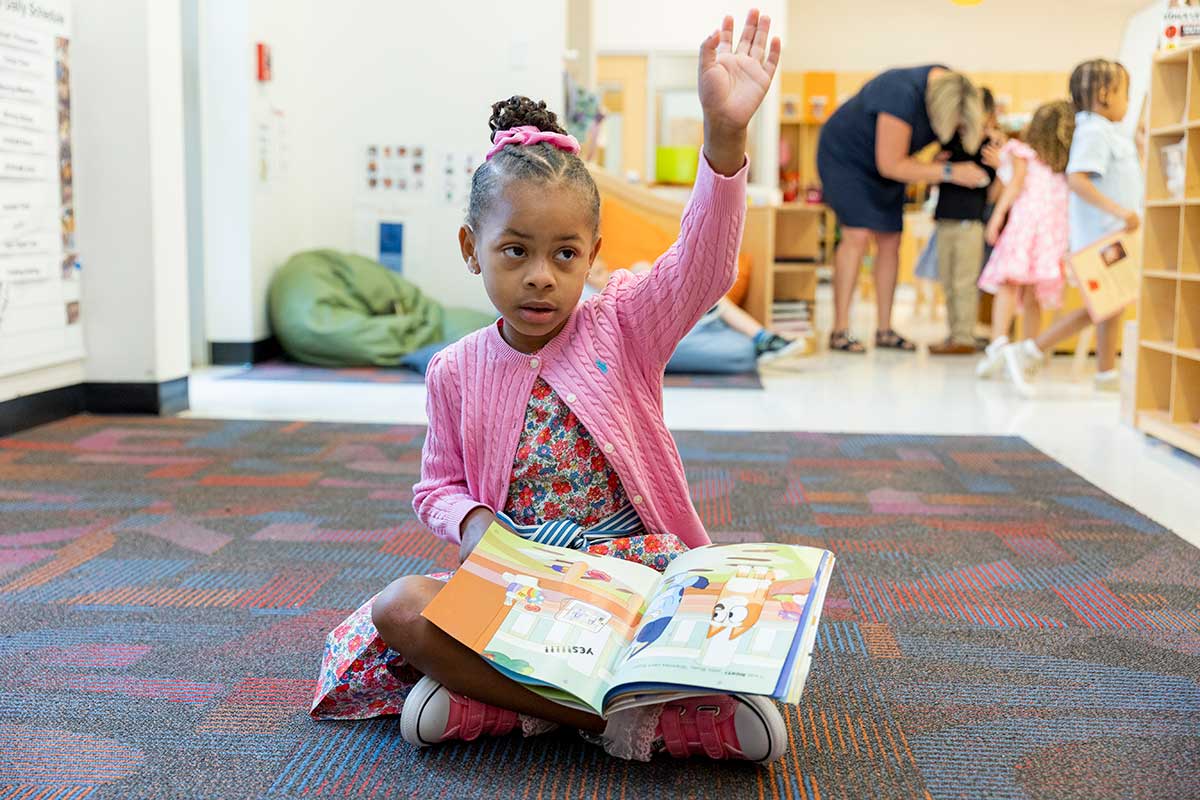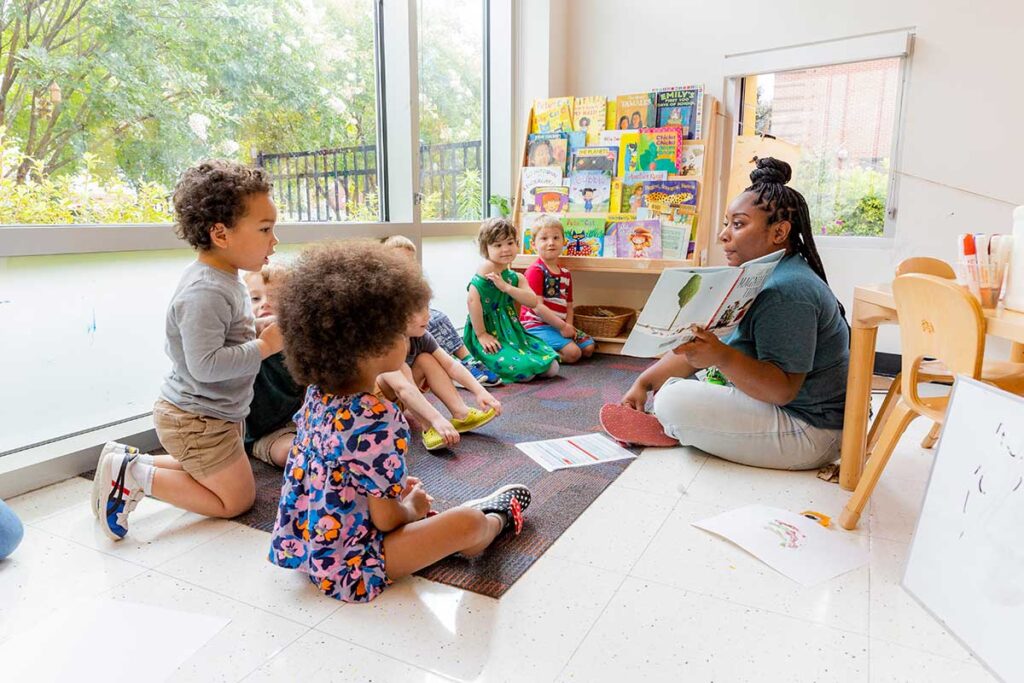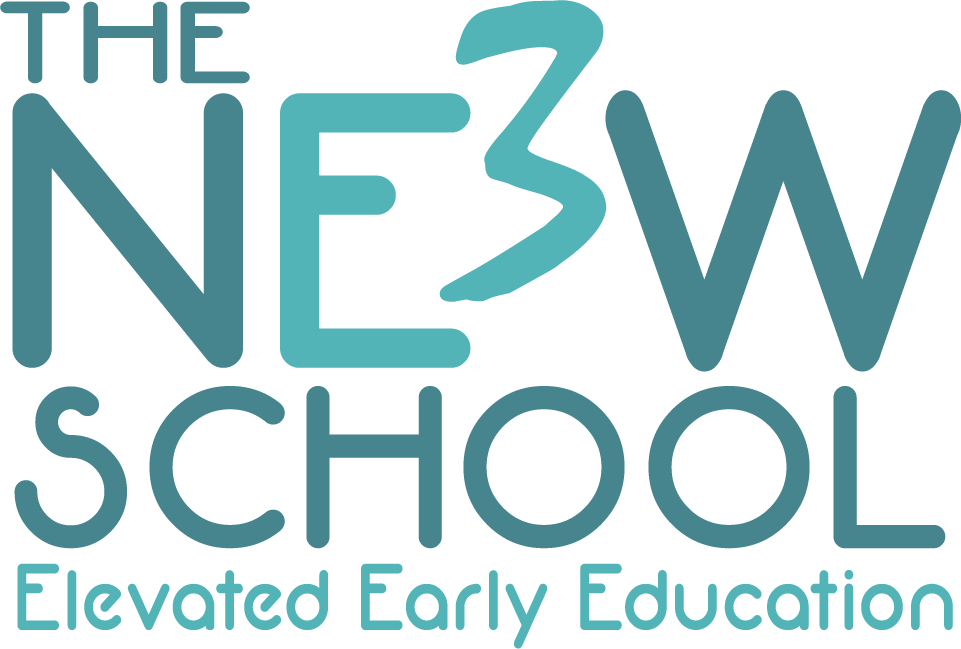Early Literacy in Early Learning Classrooms and @ Home

I was talking with a colleague the other day about how important early literacy is during the first five years. If you think about constructing a building, it begins with laying a strong foundation. That is exactly what we want to do when we help our children, families and teachers during the early years. The best practices in early literacy tell us to:

- Create a print-rich environment filled with books, ABC letters(upper and lowercase) and words.
- Interact and build strong relationships with children. We call it “Banking Time.” You are spending time with a child talking and doing the things they like to talk about and do.
- Talk. Talk. Talk. Repeat the babbles and coos of a baby. Repeat the sounds and words of a toddler. Extend learning with preschoolers by asking questions about what they are doing.
- Model reading.
- Show how you use letters and words.
- Point to the letters and words all around you.
- Play games and puzzles that show how letters and sounds work together to make words.
- Ask questions.
- Engage in lots of conversations.
- Show how you put letters together to make a word.
- Visit the local library and check out books.
- Have quiet reading time(no background noise) every day at home and school. Adults included.
- Give children the opportunity to use crayons, pencils, markers to build fine motor skills. Just give them a white piece of paper and let them draw and write!
Make it fun! Cuddle up, read or tell a story! This is the best way to build a child’s brain and early literacy skills. No workbooks or expensive materials needed.
Lisa Howard
« How Does A Child Become A Reader?Cheers to 9 Years »

